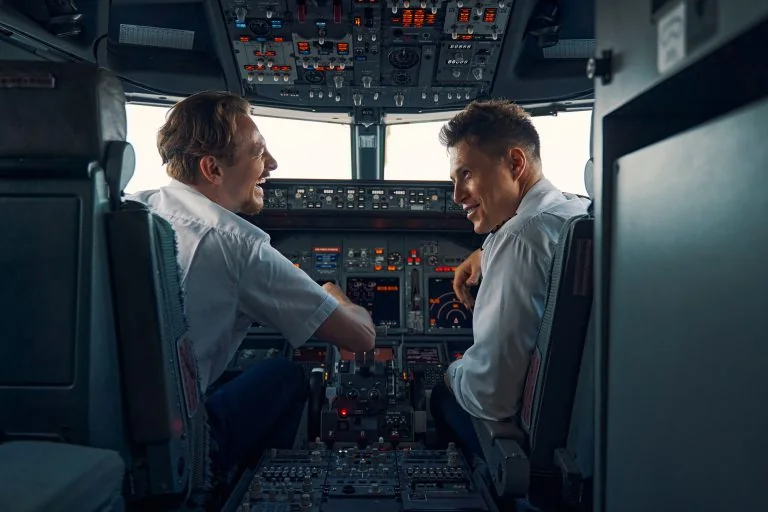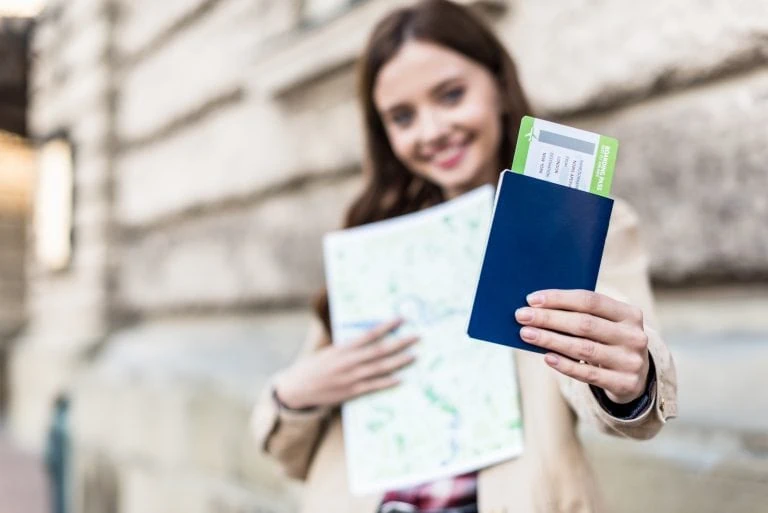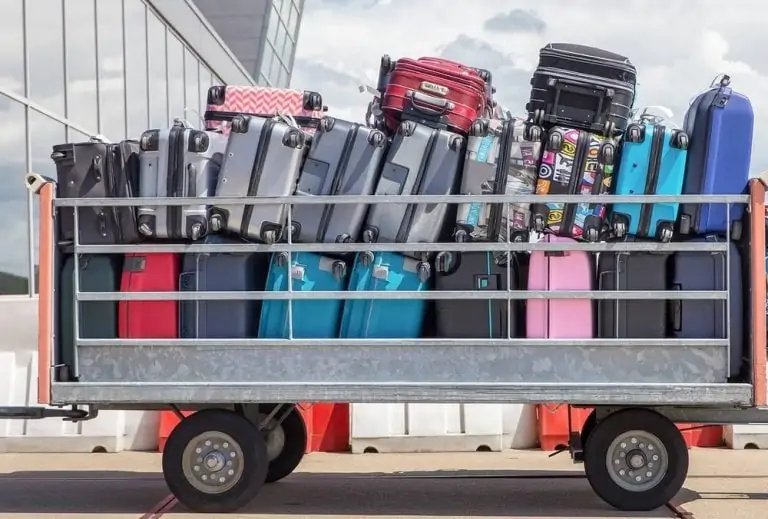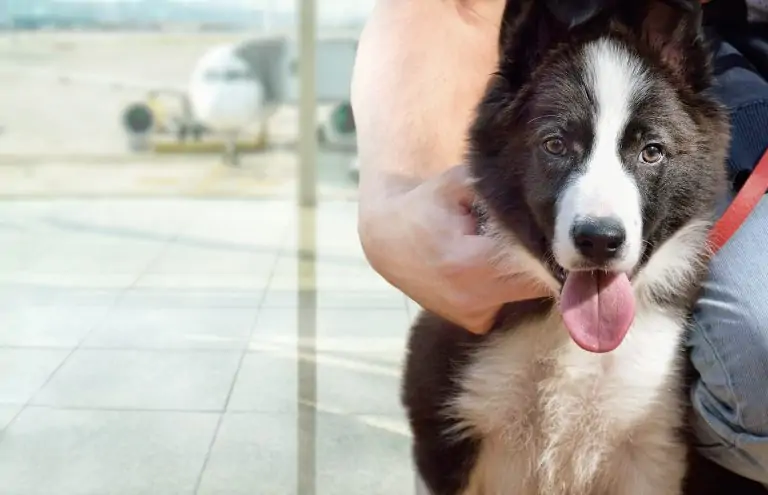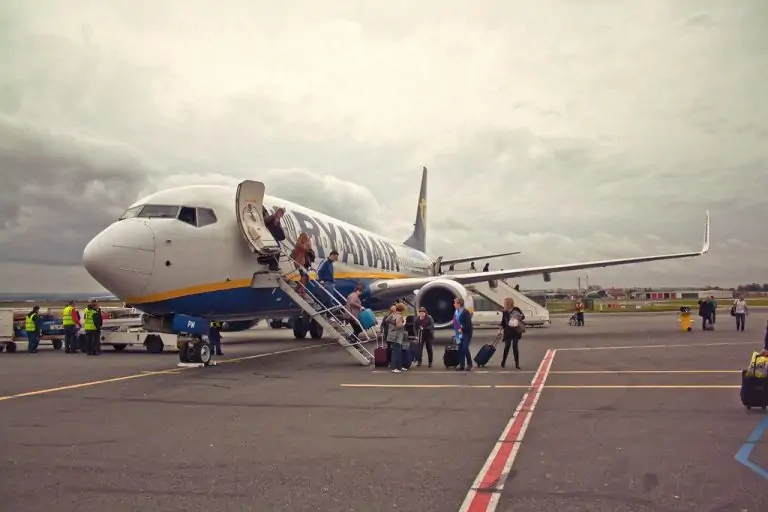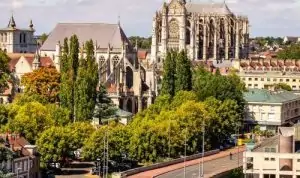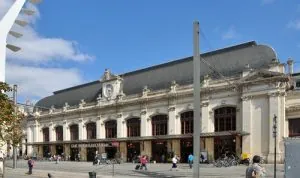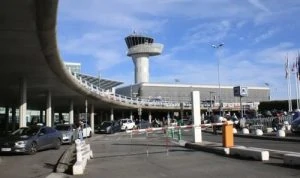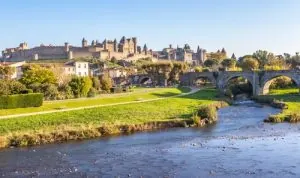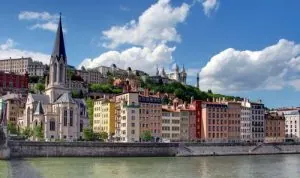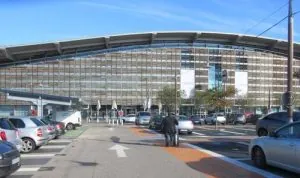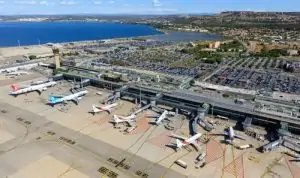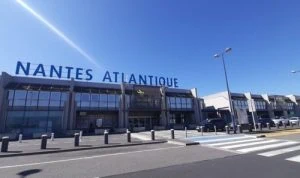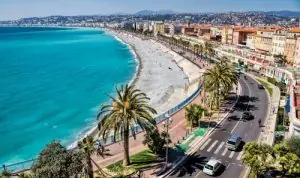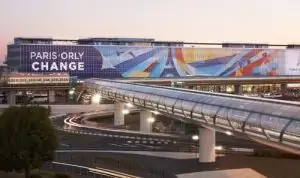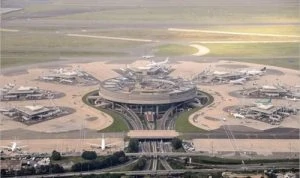With a population of just over 498,000, Toulouse is the fourth commune in France. It has gained over 150,000 inhabitants in 40 years. The city is located in the Occitanie region of France, in the Haute-Garonne department to be precise. The city is nicknamed the "pink city" because of the particular colour of the material used for its buildings. Terracotta bricks are used here. L'Toulouse airport is the sixth largest airport in mainland France. AdopteUnParking.com now offers you the chance to book a private car park near the airport in just a few clicks.
Capital of Occitania
Toulouse is an attractive city. On average, the city attracts around 17,000 new residents every year. It is ideally located, boasts an ideal climate and a dynamic economy. AdopteUnParking.com gives you an insight into a city that is winning the hearts of more and more French people.
Toulouse is attractive
One of Toulouse's main strengths is undoubtedly its location. Everything is within easy reach. If you want to relax in the beachYou'll be there in less than 2 hours. Do you prefer skiing, sledging and snow? Visit Pyrenees are also less than 2 hours away. Looking for a change of scenery? Spain is just around the corner.
Toulouse also offers a unique architecture. Its nickname of "pink city" is no coincidence. The architecture of the town is typical of the cities of the South of France. The buildings were constructed using terracotta bricks, which have a pinkish appearance. As a result, the town takes on different shades of pink as the day progresses. The sun gives the city both light pink and red hues. In addition to this particular colour, Toulouse is one of the most beautiful cities in France. on the road to Santiago de Compostela. At the heart of the city is the Basilica of St Sernin, the largest and best-preserved Romanesque church in France. It is also listed as a UNESCO World Heritage Site.
Toulouse is also a city rich in culture. You will find no less thana dozen museums From the Museum of Natural History to the Museum of Transport and Communication. You'll find a a multitude of venues and concert halls including the Zénith de Toulouse Métropole, one of the largest concert halls in France. You can enjoy several cinemas and theatres. And, of course, you can take a trip to the Cité de l'espace a cultural centre dedicated to space and the conquest of space.
If you're a fan of sport, and rugby in particular, you should know that Toulouse lives to the rhythm of the "Rouge et Noir", as the players of the French rugby union are known. Stade Toulousain. They are one of the most successful clubs in the French and European championships. Toulouse also has a football team Toulouse Football Club (TFC) who plays in League 2.
The city of Toulouse is young and dynamic, it is the France's leading student city according to l'Étudiant magazine. The rankings are based on training, employment, student life, attractiveness and quality of life.
Toulouse is historic
The town began to take shape during the half of the 3rd century BC. thanks to a Gallic people. During this period, they traded with Spain and Italy, as well as with the rest of Gaul. They traded wine, wheat and metals. In 107 BC, the Gauls revolted against the Romans and were defeated. Toulouse thus became a Roman city. In 413, the city was invaded by the Visigoths, who chose to make Toulouse their capital.
Visit In the Middle Ages, the town retained its independence for a long time. Christianity took hold and many churches were built. Crusades were launched. The hostilities enabled the town to become independent from the Capetian royalty, and in 1229 it signed the Treaty of Paris.
Visit In the 14th century, the town became the fourth largest in the kingdom of France thanks to trade. In 1348 and again in 1361, the town was hit by the Black Death, while at the same time supporting the efforts of the Hundred Years' War.
A la Renaissance, Toulouse enjoys great prosperity thanks to the woad industry (a medicinal plant also used in blue dye). It was also at this time that the great private mansions were built. What's more, in 1476, Toulouse became the fourth French city to introduce printing.
Visit 17th century, Catholicism triumphs in the face of Protestantism. Churches were very popular and many convents were established.
La revolution had little impact on Toulouse. The power of Parliament was respected because it was the lifeblood of the city. Conflicts arose when the provinces and parliaments were abolished. This deprived the town of its status as regional capital. It became the capital of Haute-Garonne.
Visit 1814, Toulouse was the scene of the last Franco-British battle on French soil. The railway arrived in 1856. This mode of transport was to prove decisive for Toulouse, which by 1870 had several major arteries.
With the First World War, Toulouse enters the industrial era with the poudrerie and the Arsenal employing 50,000 workers in 1917. An industrialist, Mr Latécoère, who had been making railway carriages, turned his attention to aviation. The aeronautical industry began in Toulouse.
Toulouse, a pioneer in aviation
On the outskirts of Toulouse, Blagnac is home to France's sixth-largest airport with more than 9,620,000 passengers in 2019. Toulouse-Blagnac airport is unique in that it is located in a densely populated urban area and is both an airport for commercial flights but also a test airport for manufacturers ATR and Airbus.
The history of aviation in Toulouse
Toulouse is a city a pioneer in aviation thanks to the industrial Latécoère. During the First World War, it contributed to the war effort by investing in two factories, one of which built airframes. In 1918He then imagined a air freight and mail service between France and Senegal via Spain and Morocco. At the end of the same year, he created the line between Toulouse and Barcelona.
In 1930, there were two aeronautical sites in the Toulouse region: theMontaudran aerodrome and theFrancazal airport. The sharp increase in mail services has made Toulouse a major hub, the equal of Paris for services to Africa and South America. In just two years, the airport has grown from 1,970 departures to 4,046, and now handles just under half of the world's air traffic. Air France. Expansion became necessary, but on the eve of the Second World War, the air force requisitioned the airport. There was no longer any question of developing civil aviation. So a new location was sought for a civil airport in Blagnac. La construction began in 1939 for CHF 25 million.
In 1940, Blagnac airport became a Luftwaffe (German air force) fighter school. With the arrival of the Focke-Wulf (aircraft produced by the German aircraft manufacturing company of the same name) in 1943, the German army decided to carry out improvements at the airport in particular by extending its main runway and linking it to its secondary runway.
After the end of the Second World War, the aeronautical industry in the Toulouse region had to be rebuilt or restored. The work was so ambitious and cost so much that Toulouse would never be able to regain its pre-war grandeur. In the end, the work was abandoned. In spite of this, the French government decided to go ahead with the project.enlarge the airport.
In addition, the aircraft manufacturing plants are expanding. Toulouse-Blagnac is the first airport to see the Caravelle (France's first civil jet). This first flight took place in 1955. The airport also saw the first flight of the Concorde in 1969. Three years later, in 1972, it was the turn of theAirbus A300 to take to the skies for the first time. In 1983, Toulouse-Blagnac was France's fourth-largest airport, with one million passengers.
In 2005, the Airbus A300's big brother took to the skies for the first time. L'Airbus A380 took off on 27 April. Then, in 2013, it was the turn of theAirbus A350.
Toulouse-Blagnac airport
By taking your plane from Toulouse-Blagnac airport, you can travel to just about anywhere in France. EuropeFrom Krakow in Poland to Edinburgh in Scotland, Dubrovnik in Croatia and Lisbon in Portugal. You can also fly to Maghreb or for Montreal at Canada. It should be noted that it is also possible to fly to another country. French city like going to Paris or Lille.
If you have time to spare at the airport, you'll find various activities to wait until the boarding gates open. As in most major airports, you can go window-shopping. Between the duty-free zone and the various cultural, ready-to-wear and wellness boutiques, you'll have enough to heat up the blue card. If it's your stomach that's crying out for food, you'll find more than enough choice within the airport: brasseries, tapas bars, fast food outlets and even a coffee shop.
As Toulouse-Blagnac airport is located in an urban area, it is easily accessible. It takes between 20 and 40 minutes to get there from Toulouse city centre. The Tramway The T2 tram allows you to travel without connection from the city centre to the airport, which is its terminus. What's more, this tram provides connections with the metros lines A and B. It also serves TER line C. You can also get to bus lines T1 and T2. The Beauzelle Exhibition Centre, the Zenith and Toulouse Stadium are also served by the tramway.
Car parks at and near the airport
Various parking solutions are available to you if you are driving to the airport in your own vehicle. Whether you choose to park in a official parking the airport, or if you prefer to rely on a professional private parking close to the airport, you'll be spoilt for choice.
Official car parks
The airport provides several car parks within the airport itself more or less distant from the terminals.
Close to the terminals, you'll find both the Stop & Go and P0 car parks, where you can park free of charge for 10 minutes. At the foot of the airport, you can park in a closed car park. This is the Premium car park, and is only accessible to season ticket holders or by reservation.
A little further on, a 2-minute walk away, you can park at P1, which is also a closed car park. If you have an electric car, you can recharge there. A further 3-minute walk takes you to P2, also a closed car park. Further away from the terminals, you can park at P3. It's a 5-7 minute walk to your terminal. P5 and P6 are the airport's last official car parks. These two car parks are the furthest away, so you'll need to take a free shuttle bus to get to the airport. The shuttle will take between 10 and 15 minutes to get you to your terminal. It is available from 4am to 1am or until the last flight.
Private car parks
The alternative to official car parks, which can quickly fill up at peak times, is : private car parks near Toulouse Blagnac airport. By booking in advance, you don't have to worry about finding a free parking space on the day of your trip. These car parks are located close to the airportA maximum of ten minutes away. Private car parks are secured and monitored whether by cameras and/or the presence of staff 24/7.
If you opt for private parking, you will benefit from either a transfer to the airport in shuttle or a service valet parking which will meet in front of your terminal. How does it work? You can make your reservation on AdopteUnParking.com for shuttle or valet parking. The choice is yours.
If you opt for the car park and shuttle service, you will go to your car park on the day of your trip, leave your vehicle there and a shuttle will be waiting to take you to the airport. On your return, all you have to do is call the shuttle once you've collected your luggage. The shuttle will then take you back to the car park to collect your car.
If you prefer greater comfort and speed, we advise you to choose a car park with valet parking. This means you can take your vehicle straight to the airport, and more specifically to your terminal drop-off point. No more waiting for the shuttle bus; you'll already be at your destination. On the return journey, as with shuttle parking, you call your valet and he'll bring your car back to the same place. Simple and efficient.
What's more, private car parks close to airports are often cheaper for the same or a more upmarket service.
Thanks to AdopteUnParking.com, you now know Toulouse, its airport and its parking solutions for travellers leaving the airport. Don't hesitate any longer, compare and book your airport car park on AdopteUnParking.com.

